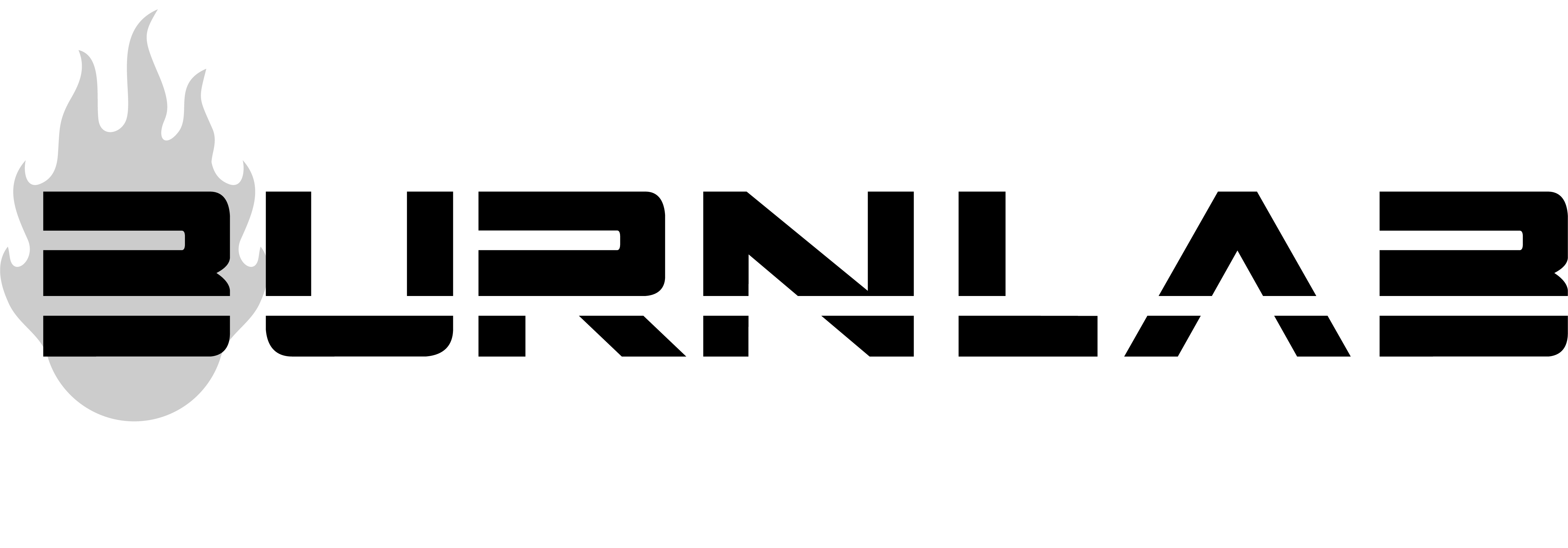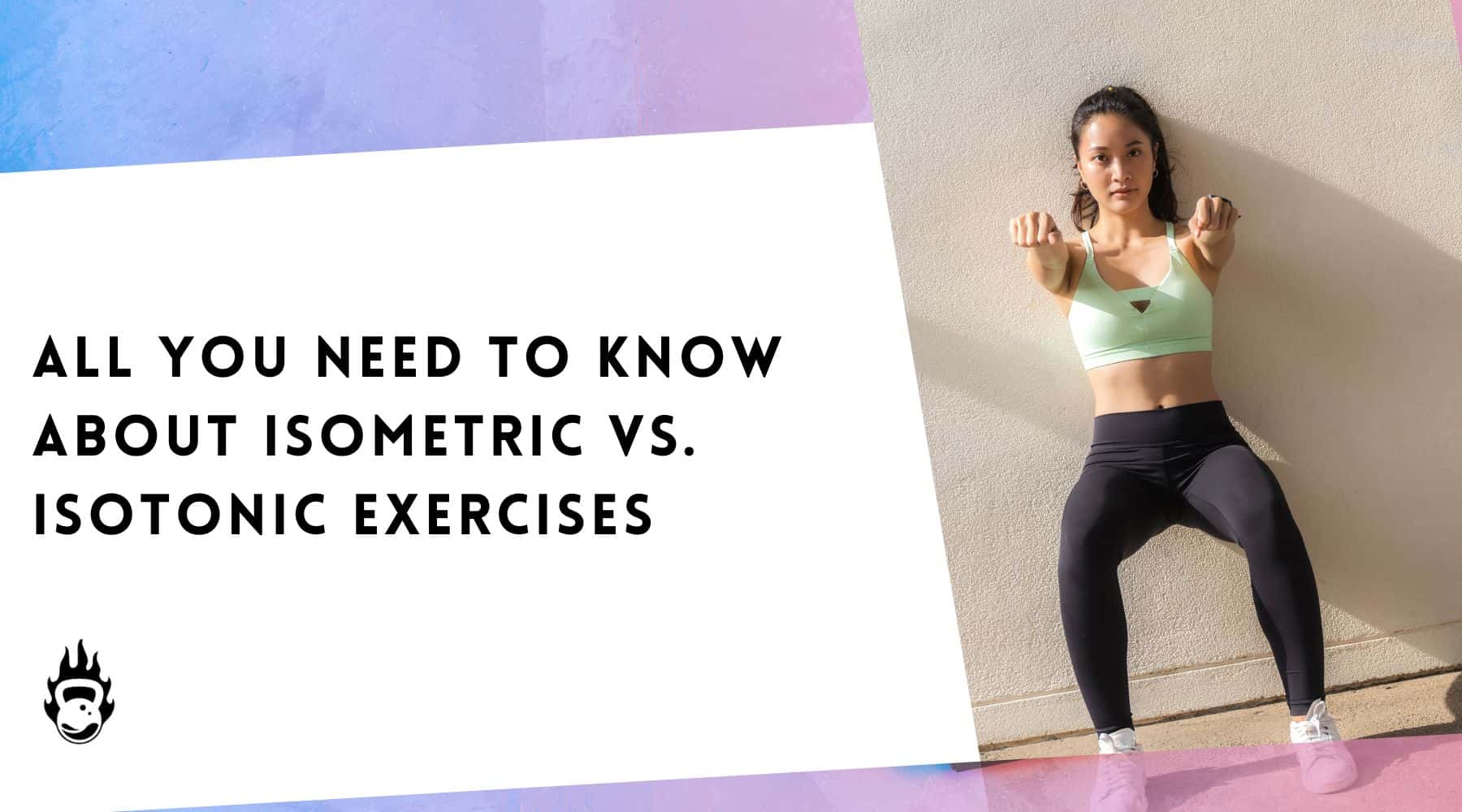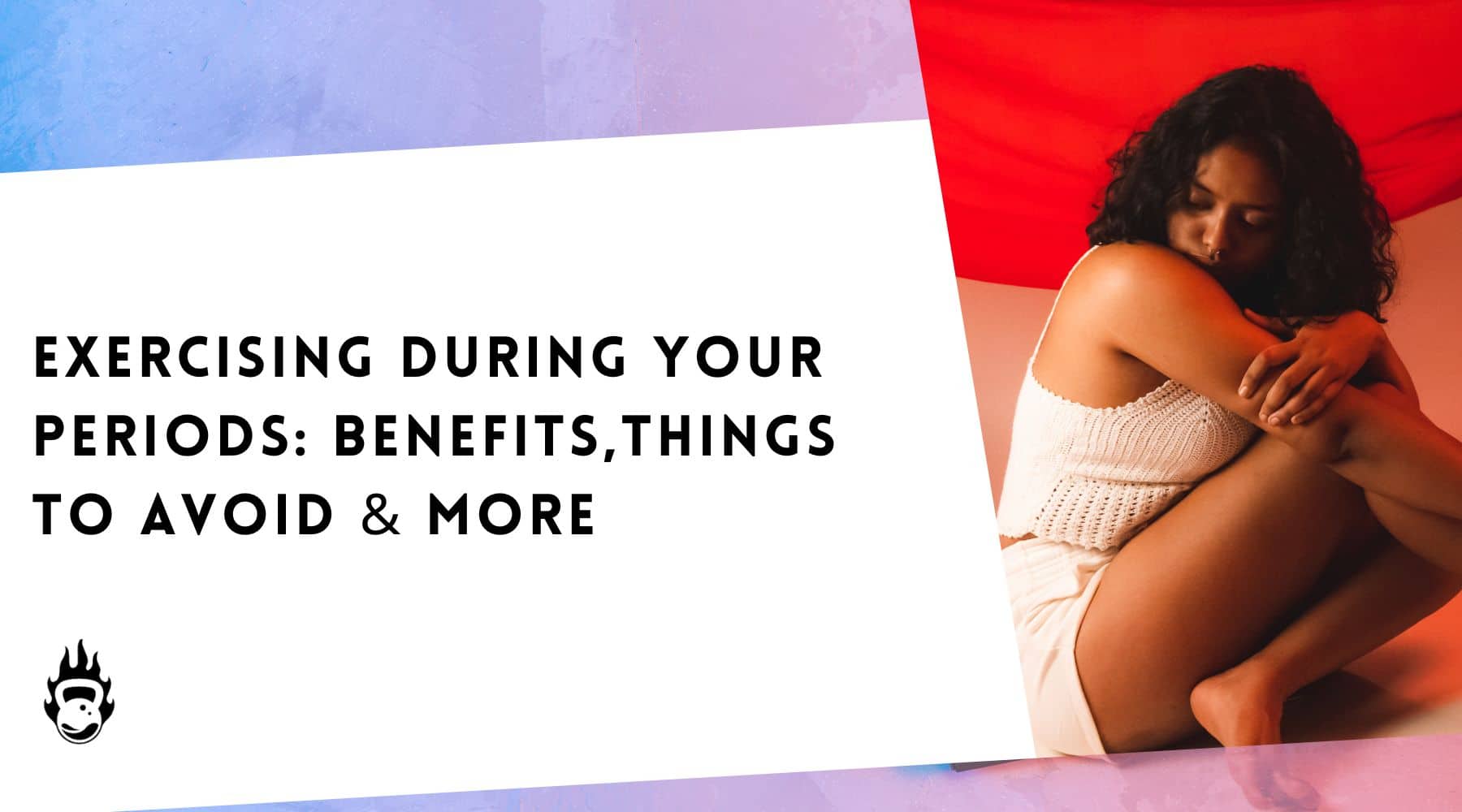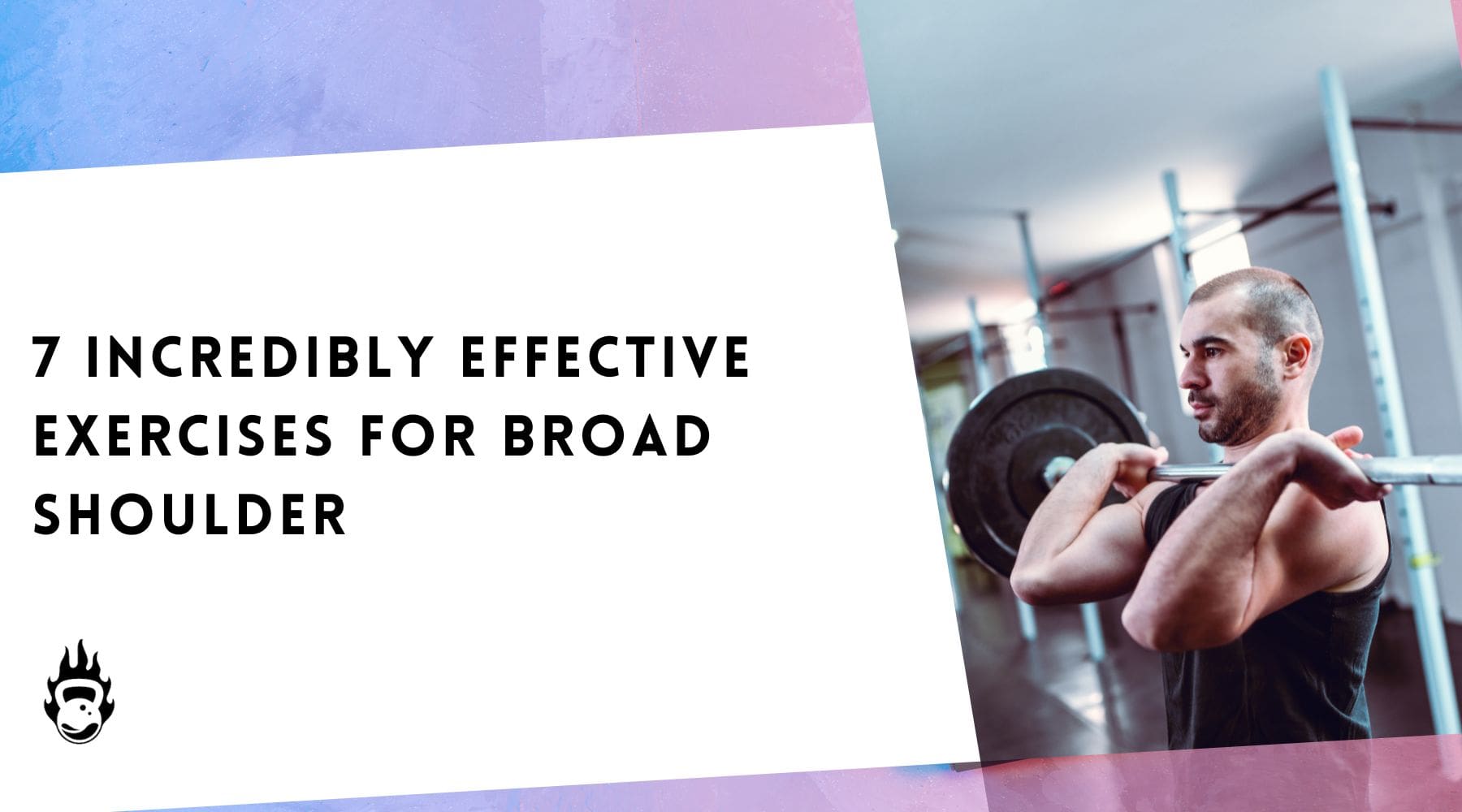Build The Ultimate Gym for Strength Training At Home

Index
- Introduction
- Importance of strength training at home
- Factors to consider before setting up a home gym for resistance training workouts
- Strength training equipment for small spaces
- Final thoughts
Introduction
The coronavirus pandemic has deeply instilled in us the importance of good immunity and the role fitness plays in it. We have now begun to prioritise our health even more. A home-based fitness regimen may be a quick and easy method to get a healthy workout without going to the gym.
Also, with popular trainers and favourite studios migrating online and offering online workout plans, improving your strength and endurance from the four walls of your home has become simple, cheap, and more viable than ever.
This article will explain everything you'll need to get started with a strength-training regimen at home.
Importance of strength training at home
Strength training exercises are very adaptable and can be performed almost anywhere. And contrary to popular belief, it is a highly viable option for women too. Many women may be apprehensive about starting weight training as they fear bulking up and putting on too much muscle. However, strength and resistance training is vital for improving metabolic rate and muscle and bone strength and can decrease the risk of heart disease among women. Unless one wants to, strength training will not always necessarily bulk up one’s physique and can also tone their body.

While resistance training workouts are a popular workout choice at many gyms, you may also develop an equally intense resistance training workout programme at home that will help your health and fitness in numerous ways.
These workouts can:
- Increase your lean muscle mass
- Improve range of motion
- Improve brain health and cognitive functions
- Reduce body fat burn calories more efficiently
- Boost metabolism and make weight loss easier
- Improve bone health and bone density
- Promote flexibility
- Possibly reduce risks of back pain, diabetes, arthritis, heart disease, etc.
- Improve posture, balance, and stability
- Boost your energy levels, mood, and overall feeling of well-being
Factors to consider before setting up a home gym for resistance training workouts
We recognize that constructing a home gym may appear daunting to some, which is why we are here to assist. You can ask yourself these pertinent questions when building a home gym, such as:
1. What kind of space do you have?
The first thing you should think about is whether or not you have enough space for a home gym. A HIIT workout may require more space and a sturdy jumping platform, but a yoga or pilates session would most likely not need more space than a yoga mat.
2. What’s your budget?
As with any home improvement job, you should start putting up a home gym with a budget in mind. If you're on a tight budget, you'll probably have to settle for free weights and a bench. If you have a larger budget, you can consider adding a treadmill or elliptical machine to your home gym workout equipment.
3. What workout equipment will you use?
When it comes to workout equipment, you must be completely honest about the type of home gym equipment you will use. Don't get into the mental trap of thinking, "I bought it, so I'll use it."
4. What are your fitness goals?
Think about your fitness objectives. Are you attempting to improve your speed? Stronger? Fitter? You may want to simply increase your endurance or develop a healthy habit of moving daily. A well-rounded workout routine that boosts cardiovascular health with cardio and improves muscular strength and bone density with strength training exercises is ideal. You should also think about your beginning point. Affix your fitness goals by determining whether you are a moderate exerciser or a seasoned weightlifter.
Strength training equipment for small spaces
1. Locate the ideal location
Before you start swinging kettlebells and doing burpees, you must first pick where you want to set up your home gym, which is covered in the elements listed above. At the very least, the area should be large enough to accommodate a yoga mat, which is all you'll need to stretch and perform core exercises.
2. Stock your home gym
Strength training exercises may be more challenging for you than your typical gym sessions. Weight or strength training relies on progressive overload to help improve muscle strength. You don’t have to go to the gym to begin resistance training exercises, as bodyweight training is a good alternative. It's all about putting the muscles under tension to gain muscle and strength.
The equipment utilised in this type of training (HIIT, functional fitness, and CrossFit) is designed to help you build a body that can perform real-life tasks. The following is a list of some of the best home gym equipment that you can choose from, depending on your fitness objectives and budget:
Bench: For incline, decline, and flat bench exercises, you'll need a bench. You can get a three-in-one adjustable bench.
Dumbbells: Dumbbells are free weights that can assist you in determining the tempo of your workout and the number of repetitions you need to complete a specific activity.
Barbell: Shoulder press, bench press, squat and bent-over barbell rowing, and deadlift are some of the workouts you may do with a barbell.
Bumper plates: Bumper plates are weight plates for weightlifting used with barbells. They are commonly made of rubber, steel, or iron and come in sets of varied weights.
Pull-up bar: A pull-up bar is used to strengthen the upper body. It has a variety of handholds and locations that may be adjusted.
Push-up bar: The push-ups you do with these bars burn more calories as your body is at an elevated, inclined level. These are instrumental for developing more strength in your grip and wrists.
Kettlebells: Kettlebells can be used for various workouts, including ballistic exercises that combine strength, cardio, and flexibility.
Power rack: A power rack is a piece of weight training workout equipment that serves as a mechanical spotter for free-weight barbell movements.
Plyometric box: Burpees and leaps are the best exercises to do in the plyometric box. You can use plywood to make these boxes at home.
Yoga mats: Yoga mats are inexpensive and readily accessible online.
Medicine ball: The medicine ball is used to strengthen the body and improve balance. They are used mainly in aerobics and come in various forms and sizes to fulfil varied exercise goals.
Resistance tubes: You can use different resistance tubes and resistance bands to add strength to exercises
Punching bag: Place a punching bag in the centre of your room for HIIT (high-intensity interval exercise), especially useful for relieving the tension from the day.
Gym ball: This is an excellent tool for core development and balancing activities like pelvic thrusts.
Ab rollers: The movement with ab rollers work on the deepest layers of your abdominal muscle. Ab rollers add muscle and strength to your core.
Recovery equipment: Whether you're all about cardio or all about strength, you need to be able to recover. You can use recovery equipment like massage rollers to reduce muscle tiredness and soreness.
3. Create a storage plan
Storage is essential for adequately fitting your workout into a tiny room. Look for a storage container in which you can keep your yoga mat, resistance tubes and bands, sliders, weighted skipping ropes, and other small, portable workout equipment. With a hanging organiser, you can turn an empty wall into a storage solution that maintains all of your bands tangle-free.
4. Design your setup
Make sure you have enough light in your home gym, a mirror to examine your movement, gym flooring instead of carpets, a computer or television to follow along with the routine, and a music system to stay motivated and perform better.
Last but not least, make sure your home gym is clear of junk and items that could distract you from your training.
5. Put it to good use
Now comes the fun part: invite a friend who wants to strength-train to accompany you, or simply hit the treadmill and weights alone for a mind-clearing workout.
Tip: You don't have to buy everything for your home gym at once. Begin with a few essential parts and work your way up from there. A routine and consistency are key. More equipment can come in later: you can save even more money by making a wishlist for forthcoming holidays or birthdays and shopping at used sporting goods retailers or online stores like Burnlab.
Final thoughts
A home gym for resistance training workout exercises is a long-term investment in your health and fitness. You are assisting yourself to come closer to your fitness goals by setting up your path to success. Simply reading this article and considering the options is a step toward putting your fitness first.
Begin with a low-cost piece of some of the best home gym equipment, like a weighted skipping rope, readily available from Burnlab. They have active speed ropes, weighted handle ropes, weighted speed ropes, and more to entice all fitness freaks.
Finally, remember that a home gym only gives you back what you put in. If you don't use your home gym, all of your time, money, and work will be wasted. So get started and reap the benefits of excellent health and a fit body with Burnlab!





Leave a comment